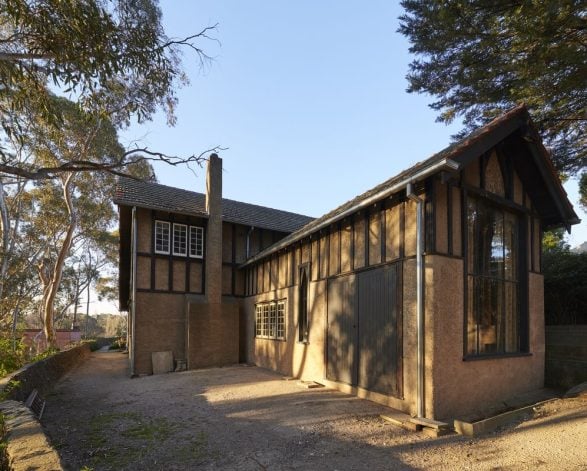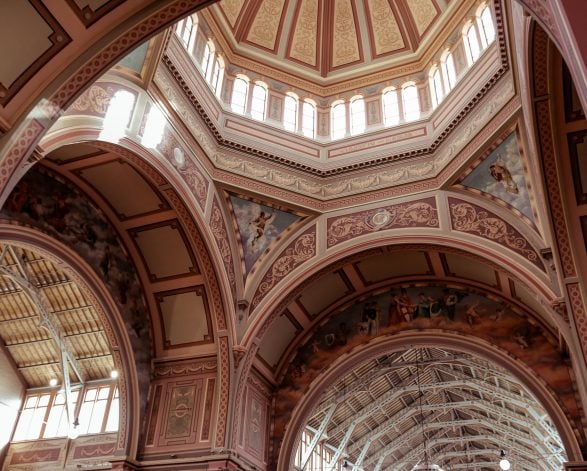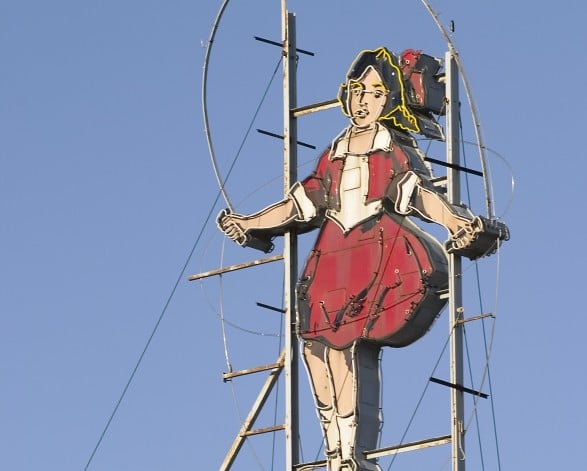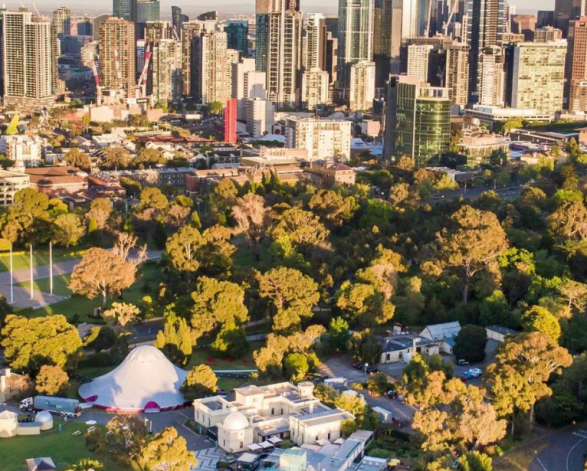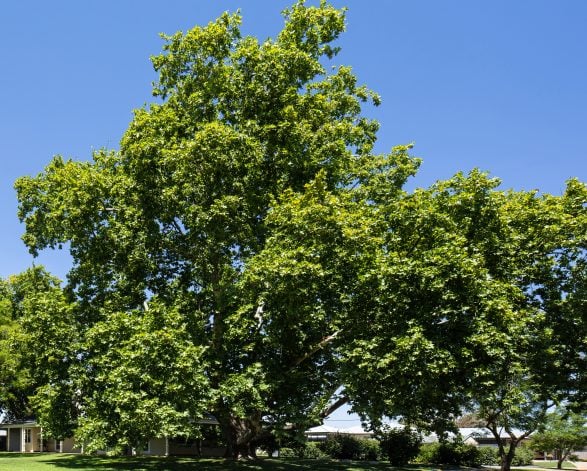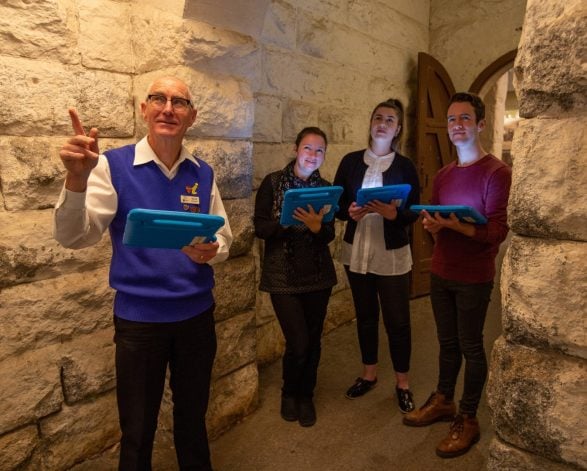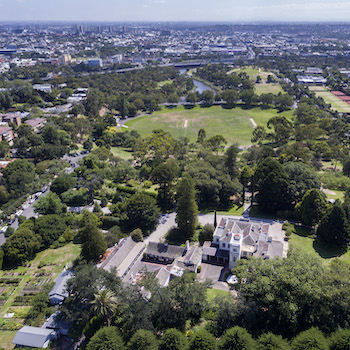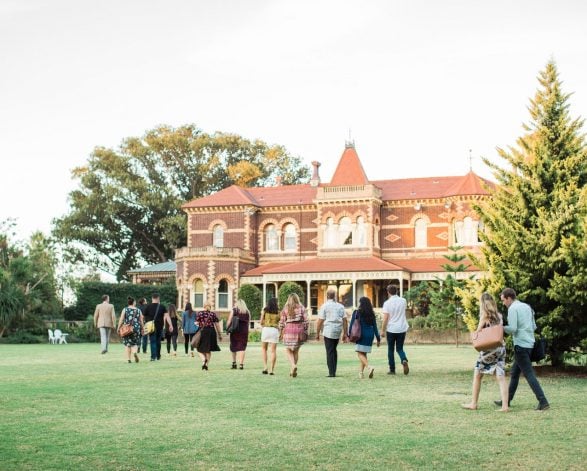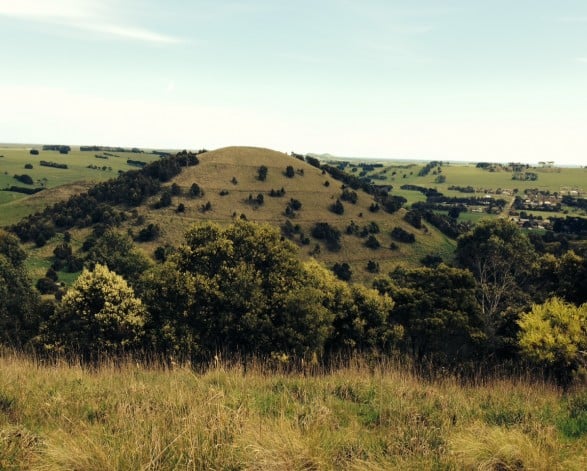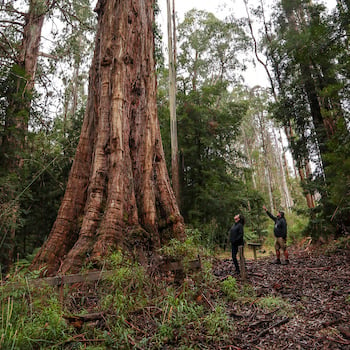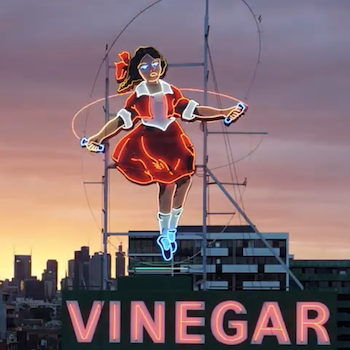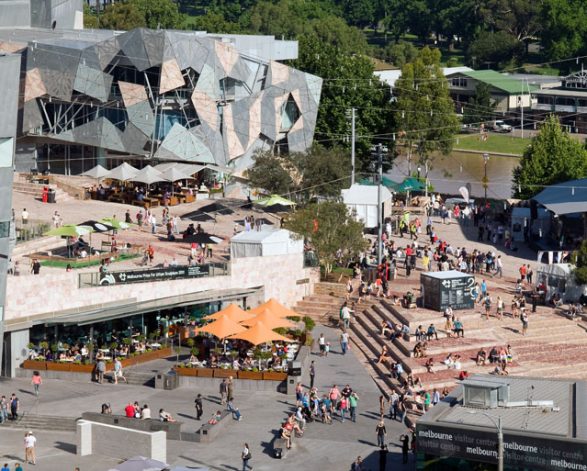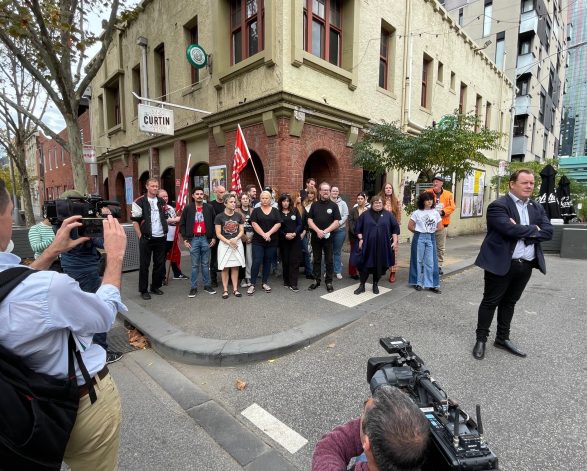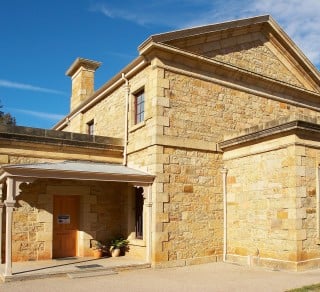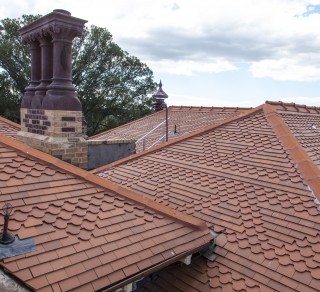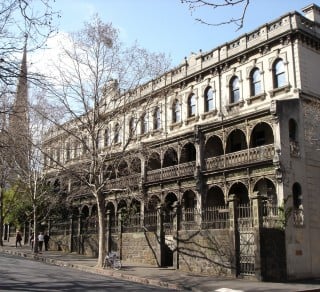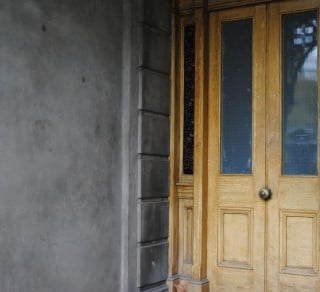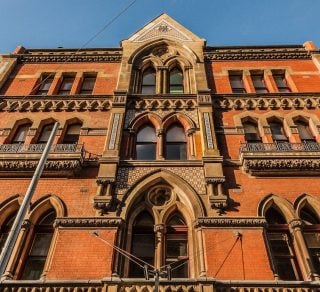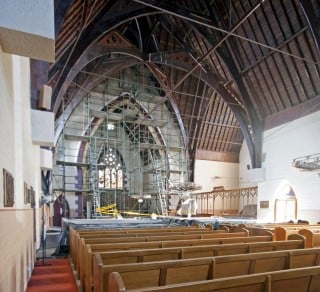The National Trust of Australia (Victoria) is the state’s premier community-based heritage advocacy organisation. We are a non-statutory, non-government, not-for-profit, membership organisation formed in 1956. Our role is to provide leadership as an independent, respected and responsible advocate for the identification, protection, conservation, and celebration of Victoria’s cultural heritage – to demonstrate and communicate why heritage matters and the value it brings to life and communities.
What we protect
The National Trust has an interest in ensuring that a wide range of natural, cultural, social and Indigenous heritage values are protected, respected and celebrated, contributing to strong, vibrant and prosperous communities. Heritage refers to the qualities of a society that are valued and passed on to future generations. Heritage can be tangible and intangible, built and environmental, an object and a practise. Heritage is not a frozen example in time, it is dynamic and adaptive. Heritage it is valued because it carries meaning and stories, which are shared across communities and social barriers.
How we protect
Whilst we are an independent and non-government organisation, we work collaboratively with government, local councils, businesses, local community groups and individuals, to strengthen heritage protection, increase community involvement in heritage conservation, and provide expertise and support for the many heritage custodians across the state.
As an organisation with a uniquely diverse portfolio across the heritage sector our key advocacy tools include proactive participation in policy making, education, and leading by example through programming and custodianship of our places. We are the bridge between community and government, working towards our Vision that Victoria’s past and future heritage is protected, understood and shared, enriching communities and contributing to an inclusive and connected society.

